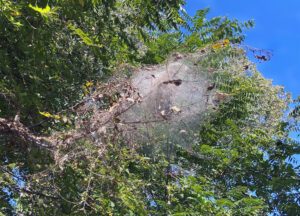
Fall webworm is seen on a tree branch in Oshlkosh on Sept. 9, 2024. / Photo Credit: Bill McNee, Wisconsin DNR
By Bill McNee, DNR Forest Health specialist, Oshkosh;
Bill.McNee@wisconsin.gov or 920-360-0942
The native insect known as fall webworm (Hyphantria cunea) is back in the news.
The caterpillars don’t draw much attention on their own; instead, what catches the eye at this time of year are the large webs (or “tents”) that they create on the tips of tree branches.

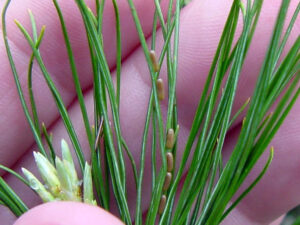

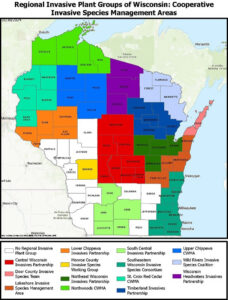
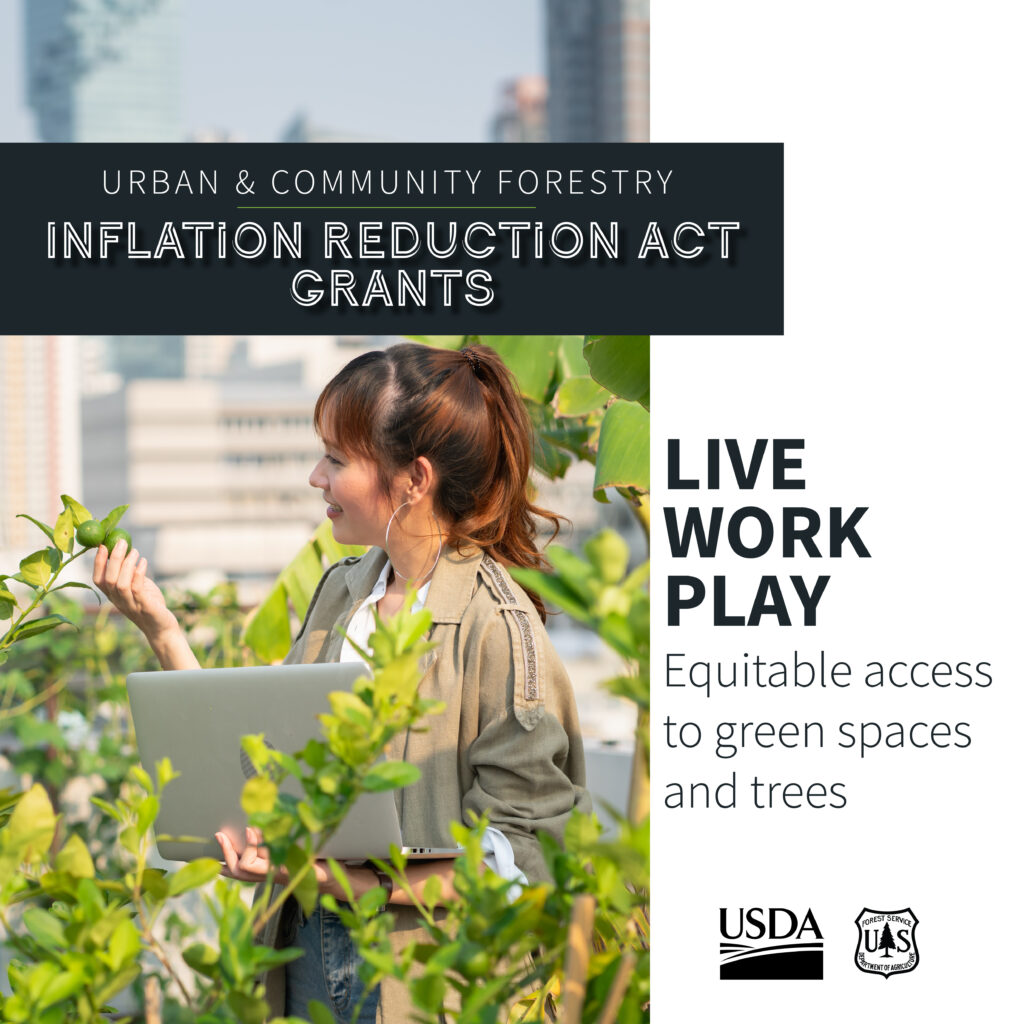 “Wisconsin’s forests are a critical resource for our state, promoting clean air, preserving natural habitats, and bolstering our statewide economy,” said Gov. Evers. “Thanks to our local and federal partners, these investments help build a stronger, more resilient forestry industry, and will protect our environment and grow our economy for generations to come.”
“Wisconsin’s forests are a critical resource for our state, promoting clean air, preserving natural habitats, and bolstering our statewide economy,” said Gov. Evers. “Thanks to our local and federal partners, these investments help build a stronger, more resilient forestry industry, and will protect our environment and grow our economy for generations to come.”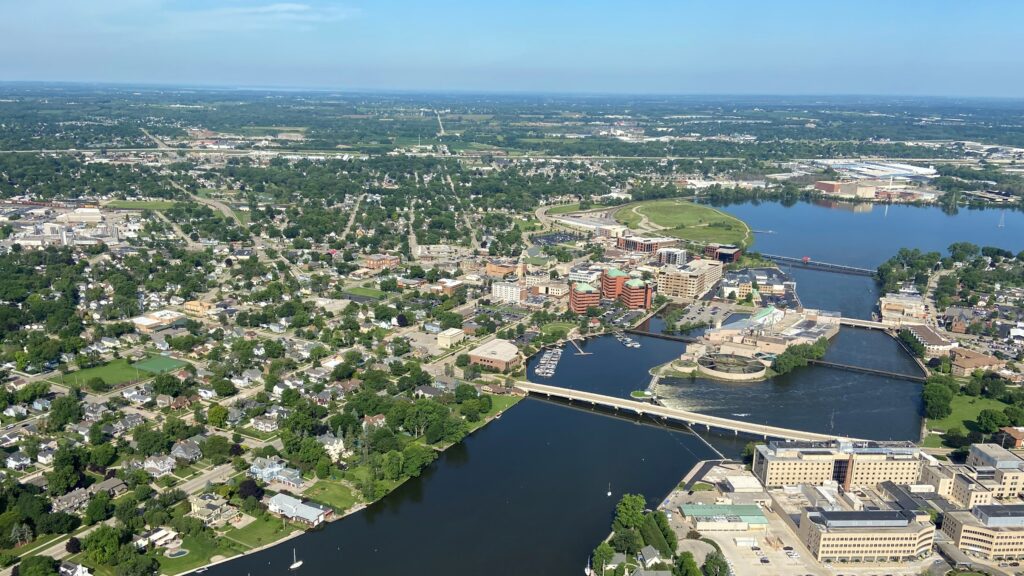 Cities, villages, towns, counties, tribes and 501(c)(3) nonprofit organizations in or conducting their project in Wisconsin are encouraged to apply for a regular or startup 2025 Wisconsin Department of Natural Resources (DNR) Urban Forestry Grant.
Cities, villages, towns, counties, tribes and 501(c)(3) nonprofit organizations in or conducting their project in Wisconsin are encouraged to apply for a regular or startup 2025 Wisconsin Department of Natural Resources (DNR) Urban Forestry Grant. 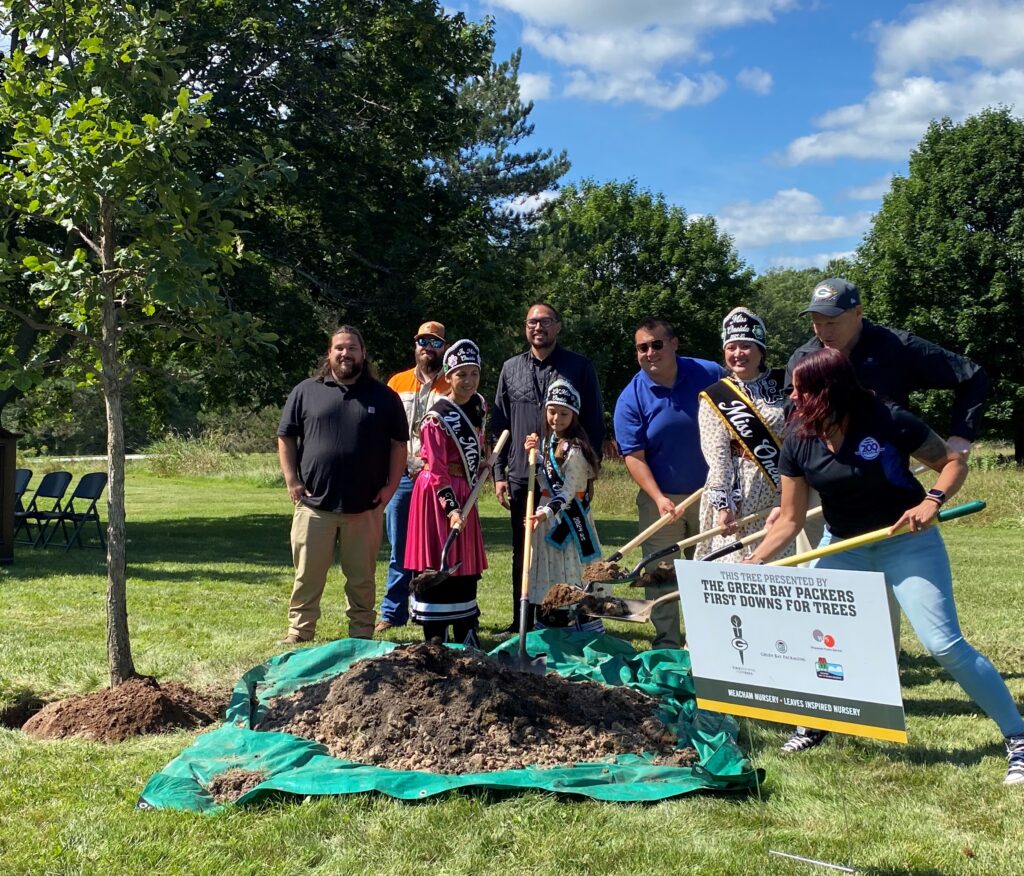 On Aug. 20, 2024, the First Downs for Trees program celebrated its 14th year with a ceremonial tree planting at Amelia Cornelius Park, Oneida Nation. The program is a cooperative effort between the DNR, the Green Bay Packers, Wisconsin Public Service and corporate sponsor Green Bay Packaging, Inc. The donated trees offset the Packers’ carbon footprint when flying to away games.
On Aug. 20, 2024, the First Downs for Trees program celebrated its 14th year with a ceremonial tree planting at Amelia Cornelius Park, Oneida Nation. The program is a cooperative effort between the DNR, the Green Bay Packers, Wisconsin Public Service and corporate sponsor Green Bay Packaging, Inc. The donated trees offset the Packers’ carbon footprint when flying to away games.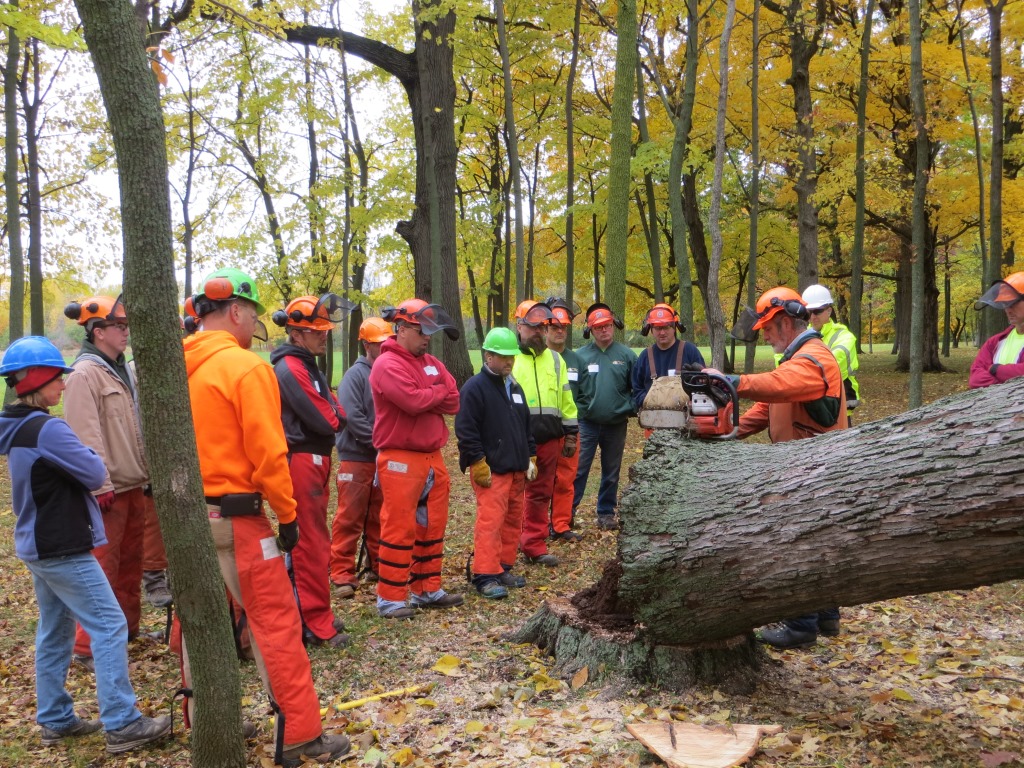 *These training opportunities are provided as an information service only and do not constitute an endorsement from the Wisconsin DNR.
*These training opportunities are provided as an information service only and do not constitute an endorsement from the Wisconsin DNR.